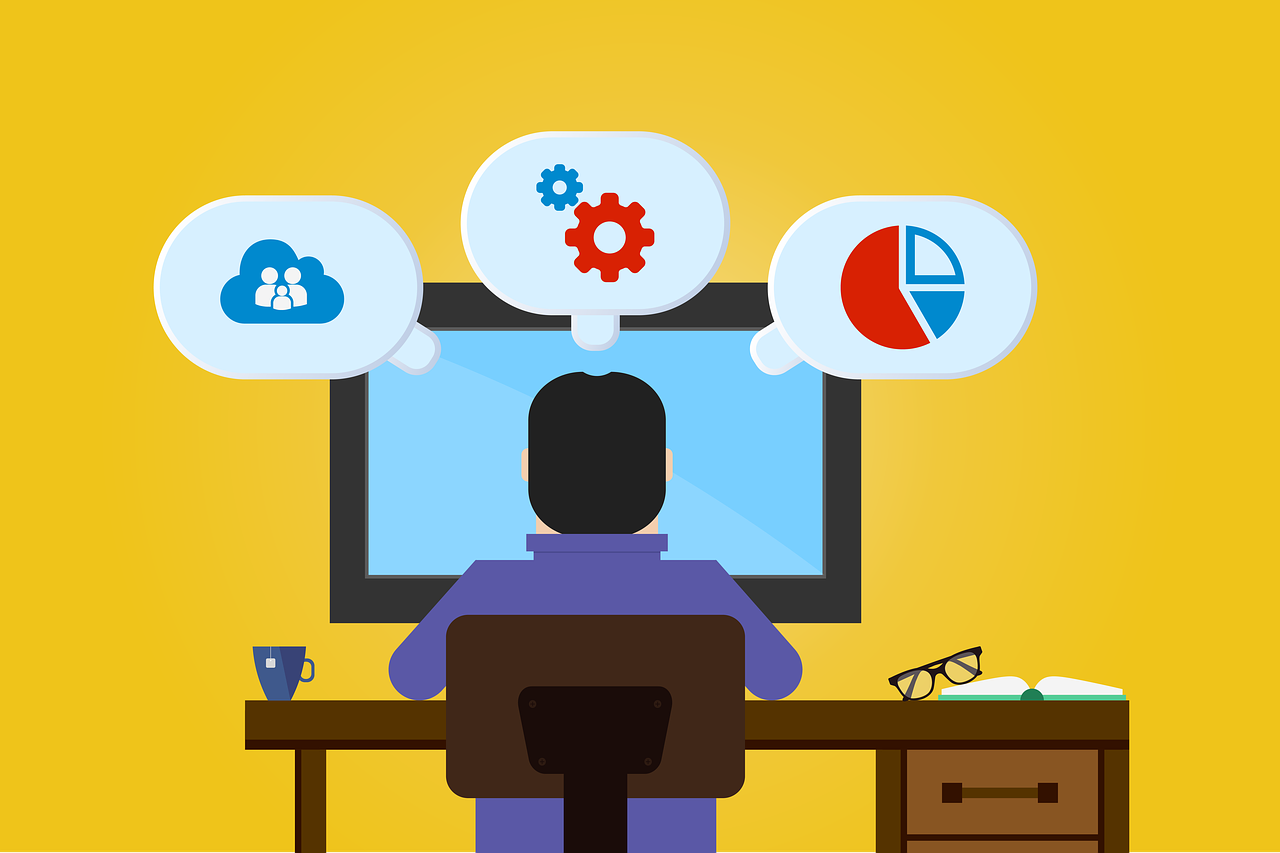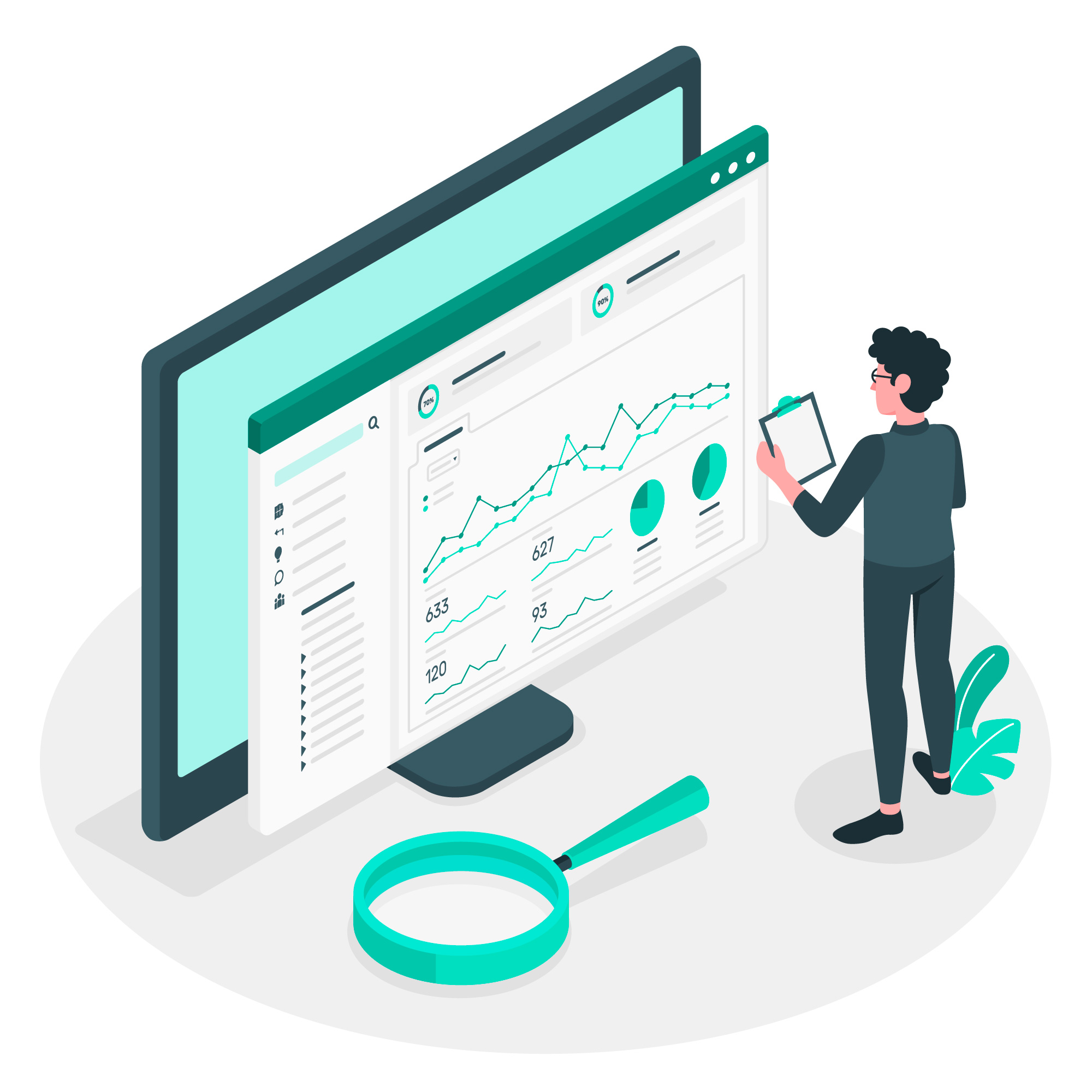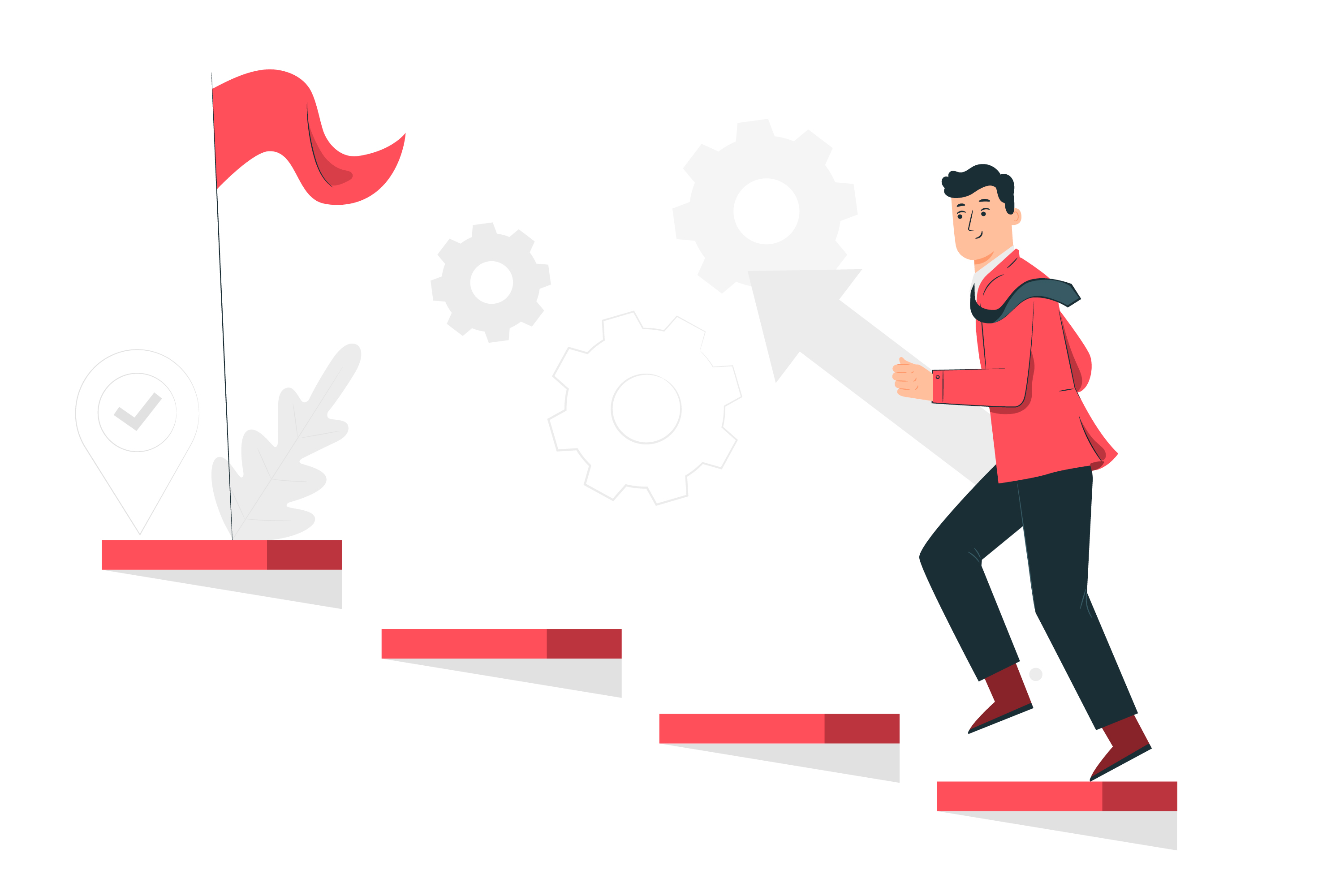Imagine this: You've poured your heart and soul into creating an amazing Software as a Service (SaaS) product. It's sleek, it's smart, and it's designed to solve real pain points for your customers. The anticipation builds as you launch your brainchild into the market, attracting a wave of eager customers ready to jump on board.
But here's the catch: Soon enough, you start noticing customers jumping ship, canceling subscriptions, and swaying toward your competitors. It's a gut-wrenching feeling as your dreams of growth and success slowly slip away. And that's why understanding and tackling churn in the dynamic world of SaaS is so crucial.
To thrive in this fast-paced and ever-evolving business landscape, SaaS companies must embark on a journey to uncover the secrets of churn—its significance, its contributing factors, accurate measurement techniques, and, most importantly, practical strategies to reduce it.
By understanding churn and implementing targeted strategies, you can unlock the power to maximize customer retention, drive business growth, and position your SaaS venture for long-term success. So, let's dive in and uncover the insights that will transform the way you approach churn in your SaaS business.
What is SaaS Churn?
SaaS churn represents the rate at which customers discontinue their subscription or stop using a SaaS product over a specific period of time. It is a measure of customer attrition and can be a critical indicator of the health of a SaaS business.
Higher churn rates may signal issues with customer satisfaction, product quality, or competition, while a low churn rate indicates a loyal customer base and strong product-market fit. Understanding the different types of churn is also crucial for devising effective strategies to mitigate its impact.
Voluntary Churn
Voluntary churn occurs when customers make a conscious decision to leave the service. This can result from various factors, including product dissatisfaction, discovering superior alternatives, or evolving business needs. Addressing voluntary churn involves focusing on improving customer satisfaction, enhancing the product experience, and staying ahead of the competition.
Involuntary Churn
Involuntary churn, also known as delinquent churn, happens when customers unintentionally leave the service, often due to billing issues, credit card failures, or account management errors. Unlike voluntary churn, it can be easily avoided through proper tools and processes. By implementing reliable billing systems, proactive customer support, and efficient account management, SaaS companies can minimize involuntary churn and retain valuable customers.
Understanding the different dynamics of churn and tailoring strategies to tackle each type enables SaaS businesses to effectively reduce churn rates, foster customer loyalty, and drive sustainable growth in the highly competitive SaaS industry.
Why is SaaS Churn important?
Churn is not just a mere statistic for SaaS companies; it is a vital indicator of the health and success of their business. Understanding and addressing churn is crucial for sustaining a healthy SaaS business. Here's why churn matters:
- Revenue Impact: SaaS churn directly impacts a company's revenue and financial performance. When customers churn, they stop paying for the software, resulting in reduced recurring revenue. High churn rates can erode revenue streams and hinder profitability. Keeping existing customers is more cost-effective than attaining new ones, making churn reduction a top priority.
- Growth Prospects: High churn rates can severely hinder a SaaS company's growth prospects. With a shrinking customer base, it becomes increasingly challenging to achieve sustainable growth. Furthermore, high churn rates can harm a company's reputation, making it harder to attract new customers and expand the business.
- Customer Satisfaction and Loyalty: Churn is often an indicator of customer dissatisfaction or disengagement. Addressing churn requires understanding the underlying reasons and taking proactive steps to improve customer satisfaction.
Churn is more than just data on a chart; it holds the power to shape a SaaS company's bottom line, customer lifetime value, and overall growth like no other factor. To navigate this challenge, understanding the root causes of churn and implementing effective strategies for reduction is essential.
Reasons for SaaS Customer Churn
There are several reasons why customers may churn from a SaaS product. Understanding these reasons is crucial for developing effective churn reduction strategies. Here are some everyday factors that contribute to SaaS customer churn:
- Poor Product-Market Fit: Customers may churn if they feel the product does not meet their needs or expectations. This could be due to an undersupply of key features, limited customization options, or inadequate integration capabilities. It's important for SaaS companies to continuously gather customer feedback on their product to ensure it aligns with market demands.
- Lack of Customer Success: Insufficient onboarding, support, or training can lead to customer frustration and dissatisfaction. If customers struggle to understand how to use the product effectively or encounter difficulties along their journey, they may choose to churn. Providing comprehensive onboarding processes, responsive customer support, and educational resources can help mitigate this issue.
- Pricing Concerns: Pricing plays a significant role in customer retention. If customers perceive the pricing as too high for the value they receive or if they find more cost-effective alternatives, they may churn. SaaS companies should ensure that their pricing is competitive, transparent, and aligned with the value proposition of their product.
- Intense Competition: In a highly competitive market, customers have more options to choose from. If a competitor offers a better product, more attractive pricing, or superior customer support, customers may decide to switch. SaaS companies must monitor the competitive landscape, stay innovative, and differentiate themselves to retain customers.
- Evolving Customer Needs: Over time, customer needs and preferences can change. If a SaaS product fails to adapt or evolve to meet these changing needs, customers may seek alternative solutions. Regularly engaging with customers, conducting market research, and staying agile can help SaaS companies stay ahead of evolving demands.
Identifying the specific reasons behind churn requires analyzing customer feedback, conducting surveys, and closely monitoring customer behavior. By understanding the root causes of churn, SaaS companies can implement targeted strategies to address these issues and reduce customer attrition.

How to Measure Churn Rate?
Measuring churn rate is essential for understanding customer attrition and evaluating the health of a SaaS business. Follow these steps to calculate churn rate accurately:
- Define the churn period - Determine the specific timeframe for your churn rate calculation, whether it's a month, a quarter, or any other suitable duration.
- Identify the number of churned customers - Count the number of customers who canceled or discontinued their subscriptions during the churn period.
- Specify the number of customers at the start of the churn duration - This includes all active customers at the beginning of the defined period.
- Calculate the churn rate - Divide the amount of churned customers by the total quantity of customers at the period's start, then simply multiply the result by 100 to convey it as a percentage.

Churn Rate = (Number of churned customers / Total number of customers at the start of the span) * 100
For example, if a SaaS brand had 2000 patrons at the beginning of a month and 100 customers departed during that month, the churn rate would be:
Churn Rate = (100 / 2000) * 100 = 5%
Regularly monitoring and analyzing churn rates is crucial for identifying trends and patterns. By tracking churn rate over time, you can assess the impact of churn reduction strategies, evaluate the effectiveness of customer retention efforts, and identify areas for improvement.
It's important to note that churn rate alone may not provide a complete picture. It's beneficial to complement churn rate with other metrics such as revenue churn rate, net revenue retention, and churn cohort analysis to gain deeper insights into customer behavior and the financial impact of churn.
What is Considered a Good SaaS Churn Rate?
Determining what constitutes a good SaaS churn rate depends on various factors such as industry, business model, and customer acquisition costs. Typically, a low single-digit churn rate is considered favorable in many sectors.
However, it's important to note that SaaS companies targeting Small and Medium Businesses (SMBs) may experience higher churn rates in the early stages. Churn rates of 10-15% per month can be acceptable during the first year, with the expectation that they will gradually decrease to 3-5% as the customer base stabilizes.
Lower churn rates indicate higher levels of customer satisfaction and loyalty, which are key drivers of long-term success. However, it's essential to benchmark your churn rate against industry standards and competitors to gain a better understanding of your performance and identify areas for improvement.

Important Churn Metrics SaaS Companies Should Track
In the world of SaaS, tracking key churn metrics is crucial for gaining insights, making informed decisions, and reducing customer attrition. Let's explore the essential metrics that every SaaS company should keep an eye on:
- Customer Churn Rate: Measures the percentage of patrons who cancel or discontinue their subscriptions, providing a snapshot of customer attrition and retention health.
- Revenue Churn Rate: Figures the percentage of revenue lost due to churn, offering insights into the financial impact and effectiveness of revenue retention strategies.
- Net Revenue Retention: Represents the percentage of revenue retained from existing customers, considering expansion revenue from upsells, cross-sells, or upgrades. A high rate indicates effective revenue growth from the existing customer base.
- Customer Lifetime Value (LTV): Estimates the total revenue expected from customers over their lifetime, informing decisions about acquisition costs, pricing, and retention strategies.
In addition to these core KPIs, SaaS companies should also consider tracking other relevant Saas metrics, such as:
- Customer Acquisition Cost (CAC): Determines the cost of acquiring new customers. Comparing CAC with LTV helps assess customer acquisition efficiency.
- Churn Cohort Analysis: Groups customers based on their acquisition time and analyzes their churn behavior, revealing insights and patterns.
- Annual Recurring Revenue (ARR): ARR Measures the revenue generated from customers in a year by multiplying the monthly recurring revenue (MRR) by 12.
- Customer Satisfaction Scores: Monitoring satisfaction through surveys, feedback, or sentiment analysis provides qualitative data to complement quantitative churn metrics and identify areas for improvement.
- The SaaS Magic Number: A metric gauging sales and marketing efficiency in generating recurring revenue. Calculated by dividing net new ARR by sales and marketing expenses during a specific period.
Download our SaaS Metrics Template to store all of your important metrics in one place.
By tracking and analyzing these churn metrics, SaaS companies can gain a comprehensive understanding of customer behavior, pinpoint areas for improvement, and implement effective strategies to reduce churn, increase customer retention, and drive growth.

Steps to Reduce Churn
Reducing churn in your SaaS business requires a thorough approach that manages the root causes of customer attrition. By implementing the following steps, you can improve customer retention and foster long-term relationships:
1. Improve Product-Market Fit
Continuously gather customer feedback and improve your product to align with customer needs. Conduct market research, engage in user testing, and listen to customer requests to ensure your product delivers value and solves their pain points effectively.
2. Enhance Customer Success
Provide exceptional onboarding, training, and ongoing support to ensure customers can easily adopt and derive value from your product. Offer comprehensive tutorials, knowledge bases, and dedicated customer success teams to guide users through their journey and help them achieve their desired outcomes.
3. Optimize Pricing
Evaluate your pricing strategy to ensure it reflects your product's value. Consider offering flexible pricing tiers, subscription options, or add-on features to cater to different customer segments. Regularly review your pricing to stay competitive within the market and adjust as needed.
4. Incentivize Long-Term Commitments
Encourage customers to commit to longer subscription periods by offering incentives such as discounts, extended trials, or exclusive features. By providing value for their loyalty, you can increase customer retention and reduce the likelihood of churn.
5. Monitor and Analyze Churn Metrics
Regularly track and analyze churn metrics to gain insights into customer behavior and identify trends. Measure customer churn rate, revenue churn rate, and conduct churn cohort analysis to understand the specific factors contributing to churn. Use this data to inform your decision-making and develop targeted strategies for churn reduction.
6. Foster a Customer-Centric Culture
Cultivate a company-wide focus on customer success and satisfaction. Encourage all departments, from sales and marketing to product development and support, to prioritize customer needs. By fostering a customer-centric culture, you can proactively address issues, provide exceptional experiences, and build long-lasting customer relationships.
Driving Sustainable Growth: Conquering SaaS Churn for Long-Term Success
Congratulations! You're now equipped with the knowledge and strategies to tackle SaaS churn head-on and pave the way for sustainable growth. Remember, reducing churn is not a one-time fix but an ongoing commitment to customer satisfaction and retention.
Stay vigilant by monitoring key churn metrics, analyzing customer behavior, and addressing the root causes of churn. Continuously iterate on your product, enhance customer success initiatives, and optimize pricing strategies. Keep a pulse on customer needs and preferences, adapting your approach as necessary.
With a customer-first mindset and a commitment to delivering value, you can conquer SaaS churn and set your business on a path to long-term success.
What you should do now
- Book a Growth Session and learn the 3 things you should do today to unblock your SaaS potential and start scaling.
- Read more articles in our blog.
- If you know someone who’d enjoy this article, share it with them via Facebook, Twitter/X, LinkedIn, or email.



